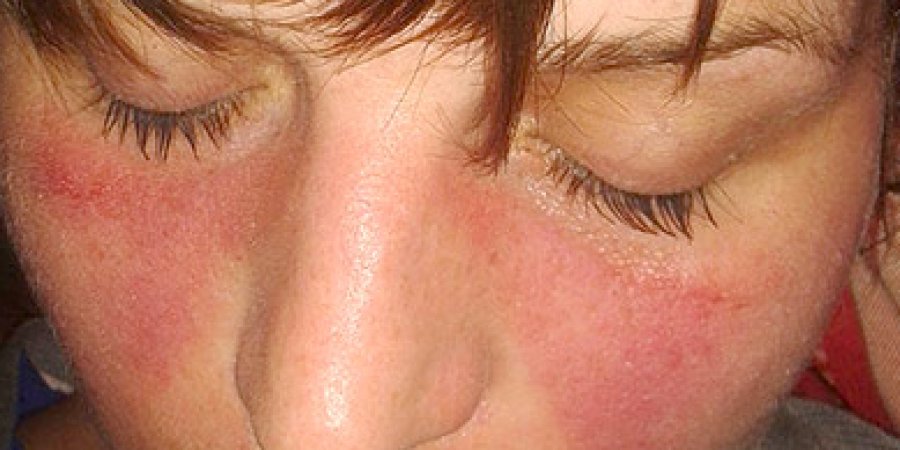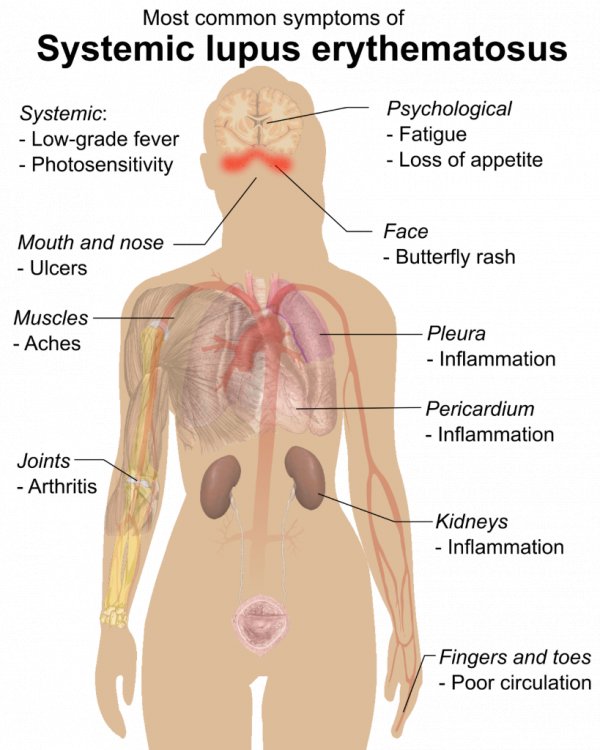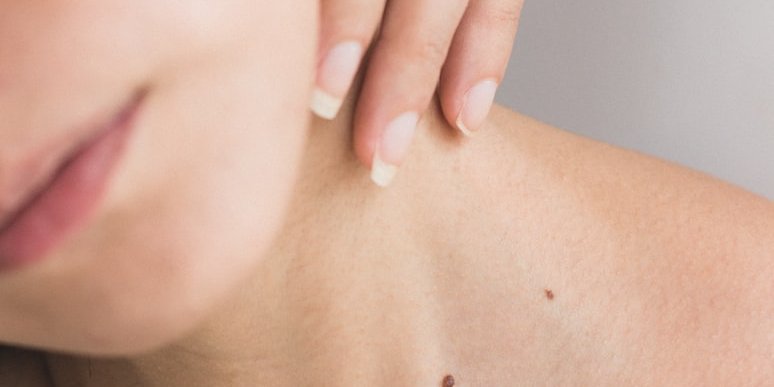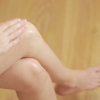Home > Blog > Skin and Body
Lupus Skin Symptoms: A Closer Look

Lupus is a complex autoimmune disease that affects different people in various ways. One of the most common and visible manifestations of this condition is its impact on the skin. This article will delve into the skin symptoms associated with lupus, with a special mention of the famous pop star Selena Gomez, who has publicly battled with this condition.
Types of Lupus Skin Symptoms
Lupus skin symptoms are generally classified into three main types: chronic cutaneous lupus, subacute cutaneous lupus, and acute cutaneous lupus.

Chronic Cutaneous Lupus
Also known as discoid lupus, this type causes round, disc-shaped sores, usually on the face and scalp. These sores can lead to scarring or changes in skin color.
Subacute Cutaneous Lupus
This type causes a red scaly rash or red ring-shaped sores, typically appearing on skin exposed to sunlight, such as the neck and arms.
Acute Cutaneous Lupus
This type is known for causing a butterfly-shaped rash on the cheeks and nose that resembles a sunburn, known as a malar rash. It can also affect other body parts, like the arms and legs.
Lupus and Its Impact on the Skin
Lupus, an autoimmune disease, can have a profound impact on the skin, leading to a variety of symptoms that can significantly affect a person's quality of life. The skin is one of the most commonly affected areas in lupus, with a majority of patients experiencing some form of skin symptom. These symptoms can be the first sign of lupus, and they can also occur at any point in the disease's progression.
The Nature of Skin Symptoms in Lupus
The skin symptoms of lupus are diverse and can range from rashes and sores to changes in skin color. These symptoms can be itchy or painful, and their appearance can vary significantly from person to person. Some people may experience mild symptoms, while others may have severe and debilitating skin issues.
The skin symptoms in lupus are caused by inflammation, a key characteristic of autoimmune diseases. In lupus, the immune system mistakenly attacks the body's own tissues, including the skin, leading to inflammation and resulting in various skin symptoms.
The Impact on Daily Life
The skin symptoms of lupus can have a significant impact on a person's daily life. They can cause physical discomfort and can also lead to emotional distress. Many people with lupus skin symptoms experience self-consciousness or embarrassment about their appearance, which can affect their self-esteem and social interactions.
Furthermore, some lupus skin symptoms can lead to permanent changes in the skin, such as scarring or changes in skin color. These changes can be distressing for individuals and can further contribute to emotional distress. Pop star Selena Gomez's battle with lupus has brought much-needed attention to this often misunderstood disease. Gomez has experienced the characteristic skin symptoms of lupus, including the malar rash, highlighting the visible impact this disease can have.
The Connection to Sun Exposure
Interestingly, sun exposure can often trigger or worsen skin symptoms in people with lupus. This is because ultraviolet (UV) light from the sun can stimulate the immune system and increase inflammation in the skin. As a result, people with lupus are often advised to limit their sun exposure and to use sun protection measures, such as wearing sunscreen and protective clothing.
The Importance of Treatment and Care
Managing skin symptoms is a crucial part of lupus treatment. This can involve medications to reduce inflammation and control the immune system, as well as topical treatments for the skin symptoms themselves. In addition, self-care measures, such as protecting the skin from the sun and using gentle skin care products, can help manage skin symptoms.
In conclusion, the impact of lupus on the skin is significant and multifaceted. Understanding these skin symptoms and how to manage them is a crucial part of living with lupus. With the right care and treatment, it's possible to manage these symptoms and improve the quality of life for those living with lupus.
Protecting Your Skin from Lupus: Essential Strategies

Lupus can have a significant impact on the skin, leading to a variety of symptoms that can be uncomfortable and distressing. However, there are several strategies that can help protect your skin and manage these symptoms.
Understanding Sun Sensitivity
One of the key aspects of protecting your skin from lupus is understanding the role of sun exposure. Many people with lupus are photosensitive, meaning their skin reacts to sunlight more than usual. Sun exposure can often trigger or worsen skin symptoms in people with lupus. This is because ultraviolet (UV) light from the sun can stimulate the immune system and increase inflammation in the skin.
Sun Protection Measures
Given the sensitivity to sunlight, sun protection is crucial for people with lupus. This includes using a broad-spectrum sunscreen with an SPF of at least 30, which protects against both UVA and UVB rays. Sunscreen should be applied generously and frequently, especially when spending extended periods outdoors.
In addition to sunscreen, wearing protective clothing can also help shield your skin from the sun. This includes long-sleeved shirts, long pants, and wide-brimmed hats. Sunglasses can also protect the sensitive skin around the eyes.
Timing Outdoor Activities
Another strategy is to plan outdoor activities for early morning or late evening when the sun's rays are less intense. Avoiding the sun during peak hours, typically between 10 a.m. and 4 p.m., can help reduce exposure to harmful UV rays.
Skin Care Routine
Maintaining a gentle skin care routine can also help manage lupus skin symptoms. This includes using mild, fragrance-free soaps and moisturizers to avoid irritating the skin. It's also important to keep the skin hydrated, especially in dry or cold weather.
Regular Check-ups
Regular check-ups with a dermatologist can also help manage skin symptoms. A dermatologist can provide personalized advice and treatment options based on your specific symptoms and skin type.
Conclusion
According to skin care experts who write for us on beauty, understanding lupus skin symptoms is essential for early diagnosis and effective management of the disease. While lupus is a challenging condition to live with, stories like Selena Gomez's remind us that it is possible to lead a fulfilling life despite the disease. Always consult with a healthcare professional if you suspect you have lupus or if you are experiencing any skin symptoms associated with the disease.
More to Read:
Previous Posts:






